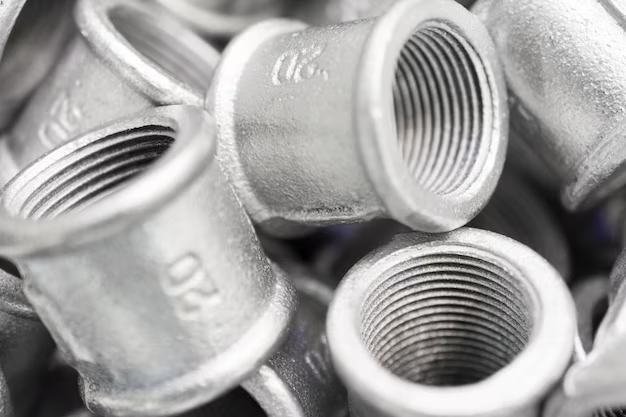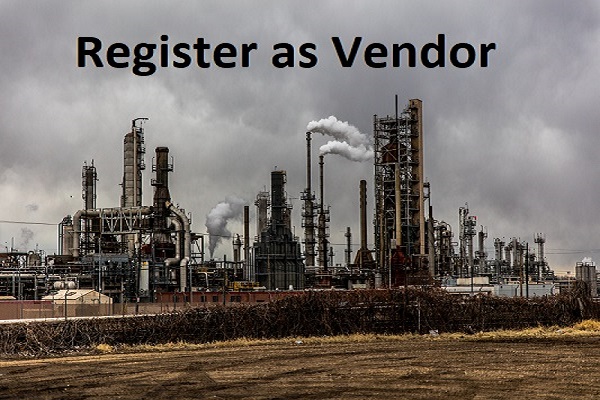Introduction
In the realm of industrial piping systems, precision and durability are paramount. One crucial component that plays a pivotal role in ensuring the integrity of these systems is buttweld fittings. These fittings are the unsung heroes behind the scenes, connecting pipes seamlessly and ensuring a leak-free, robust infrastructure. In this comprehensive guide, we will delve into the world of buttweld fittings, exploring their types, applications, installation processes, and the advantages they bring to various industries.
Understanding Buttweld Fittings
Buttweld fittings are essential components used in piping systems to connect and change the direction of pipes. They are characterized by their beveled ends, which are welded to the corresponding pipes, providing a secure and durable joint. The welding process ensures a strong and leak-proof connection, making buttweld fittings a preferred choice in critical applications across industries.
Types of Buttweld Fittings
1. Elbows: Elbows are fittings that allow a change in direction of the pipe. Common angles for elbows include 45 degrees, 90 degrees, and 180 degrees. They are crucial in navigating around obstacles and achieving optimal flow in pipelines.
2. Tees: Tees are used to create a branch in the piping system, allowing the flow of fluid in two directions perpendicular to the main pipe. They are indispensable in applications where the distribution or diversion of fluid is required.
3. Reducers: Reducers are used to connect pipes of different diameters. They come in two types – concentric, where the center lines of the connected pipes are in the same axis, and eccentric, where the center lines are offset.
4. Caps: Caps are employed to seal the end of a pipe. They protect from contaminants and debris while ensuring a secure closure for the piping system.
5. Stub Ends: Stub ends are used in combination with lap joint flanges to create a removable connection. They find applications in systems where regular maintenance or dismantling is necessary.
Applications of Buttweld Fittings
The versatility of buttweld fittings makes them suitable for a wide range of applications across various industries. Some of the key sectors where buttweld fittings play a crucial role include:
1. Oil and Gas Industry: Buttweld fittings are extensively used in the oil and gas sector for transporting and processing fluids. The robust connections they provide ensure the integrity of pipelines under high pressure and harsh environmental conditions.
2. Chemical Processing Plants: In chemical plants, where corrosive substances are handled, the corrosion-resistant nature of buttweld fittings makes them ideal for ensuring the longevity and reliability of piping systems.
3. Power Generation: Buttweld fittings are integral to power generation facilities, where they are employed in steam and water piping systems. The secure joints they create are essential for maintaining efficiency and preventing leaks in critical areas.
4. Food and Beverage Industry: Hygiene is paramount in the food and beverage industry. Buttweld fittings, with their smooth and seamless design, are preferred for applications where cleanliness and sanitation are of utmost importance.
Installation Process
Installing buttweld fittings requires precision and adherence to industry standards. Here is a step-by-step guide to the installation process:
1. Cutting and Beveling: The first step involves cutting the pipes to the required length and beveling the ends. Beveling is crucial for creating a proper welding joint that ensures strength and leak resistance.
2. Fit-up and Tack Welding: Position the pipes and fittings accurately, ensuring a proper fit. Tack welds are then applied to temporarily hold the components in place before the final welding.
3. Welding: The final welding process involves joining the beveled ends of the pipes and fittings. The type of welding method used (e.g., TIG, MIG, or Stick welding) depends on the material and application requirements.
4. Inspection: After welding, the joint undergoes inspection for any defects. Non-destructive testing methods such as X-rays or ultrasonic testing may be employed to ensure the integrity of the weld.
5. Post-Weld Treatment: Depending on the material used, post-weld treatment such as stress relieving or pickling may be performed to enhance the properties of the weld and improve corrosion resistance.
Advantages of Buttweld Fittings
1. Strength and Durability: The welded joints created by buttweld fittings are exceptionally strong, providing durability and reliability in critical applications.
2. Leak-Free Connections: The seamless and welded joints ensure a leak-free connection, crucial in industries where any fluid leakage can have severe consequences.
3. Versatility: Buttweld fittings are available in various materials, sizes, and configurations, making them versatile and suitable for a wide range of applications.
4. Smooth Flow Characteristics: The smooth interior surface of buttweld fittings promotes optimal flow characteristics, reducing pressure drops and minimizing turbulence in the piping system.
5. Adaptability to High Temperatures and Pressures: Buttweld fittings are designed to withstand high temperatures and pressures, making them suitable for applications in demanding environments.
Conclusion
In conclusion, buttweld fittings stand as indispensable components in the world of piping systems, ensuring the seamless and reliable flow of fluids across various industries. Understanding the types, applications, installation processes, and advantages of buttweld fittings is crucial for engineers, designers, and professionals involved in creating robust and efficient piping infrastructures. As technology and materials continue to evolve, the role of buttweld fittings in shaping the future of industrial piping systems remains pivotal, solidifying their status as the unsung heroes behind the scenes.
For those seeking reliable buttweld fittings for their projects, it’s essential to collaborate with reputable manufacturers and suppliers. One such platform that connects businesses with top-tier engineering suppliers is Enggpro. By leveraging Enggpro’s extensive network, you can easily find reputable buttweld fittings manufacturers and suppliers. Enggpro not only streamlines the procurement process but also ensures that you have access to high-quality products that meet industry standards.
In your journey to build robust piping systems, consider Enggpro as your trusted partner in connecting with reliable buttweld fittings manufacturers and suppliers. With their expertise and commitment to quality, you can enhance the efficiency and longevity of your projects, setting the foundation for success in the dynamic world of industrial engineering.



